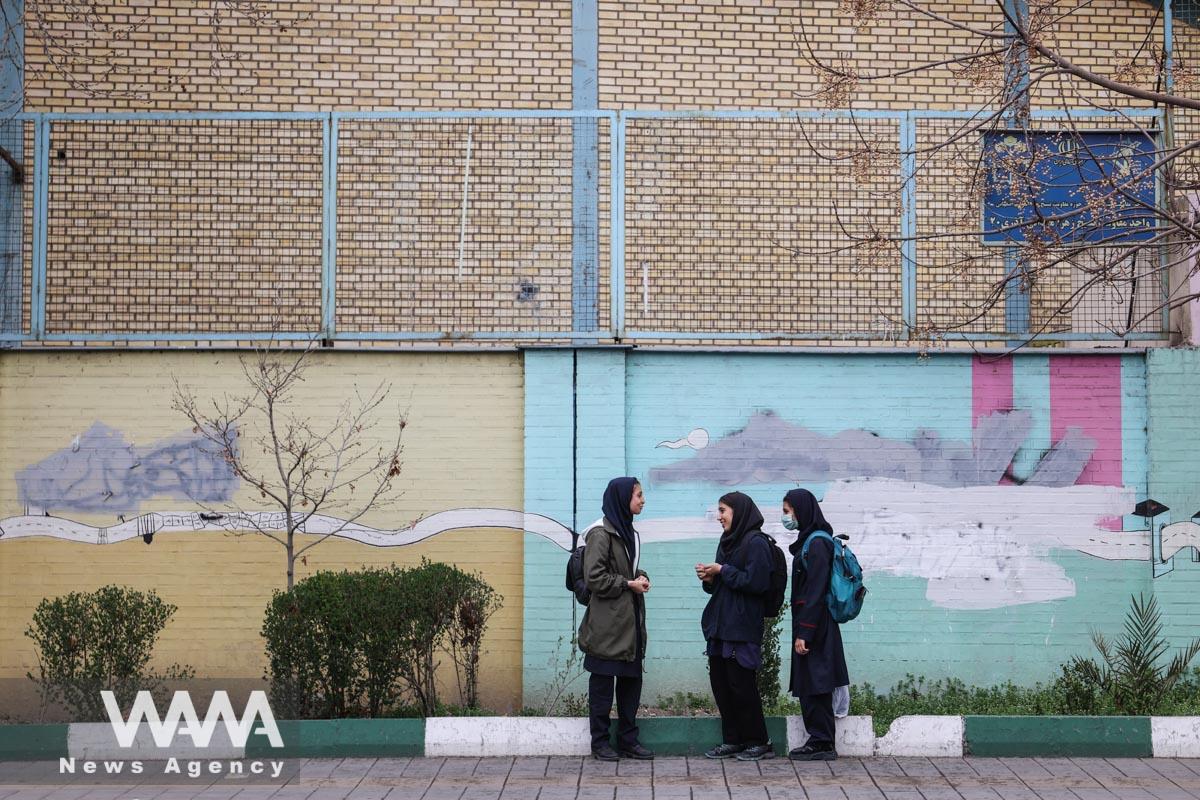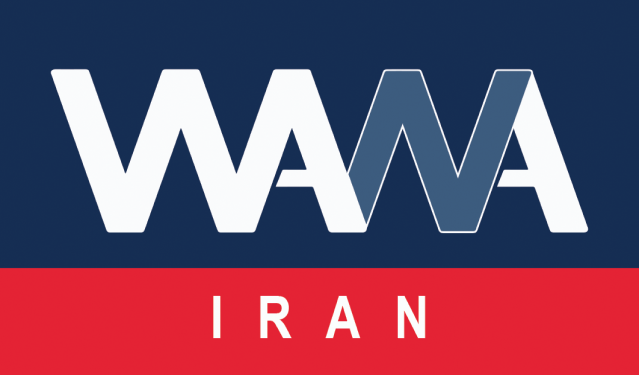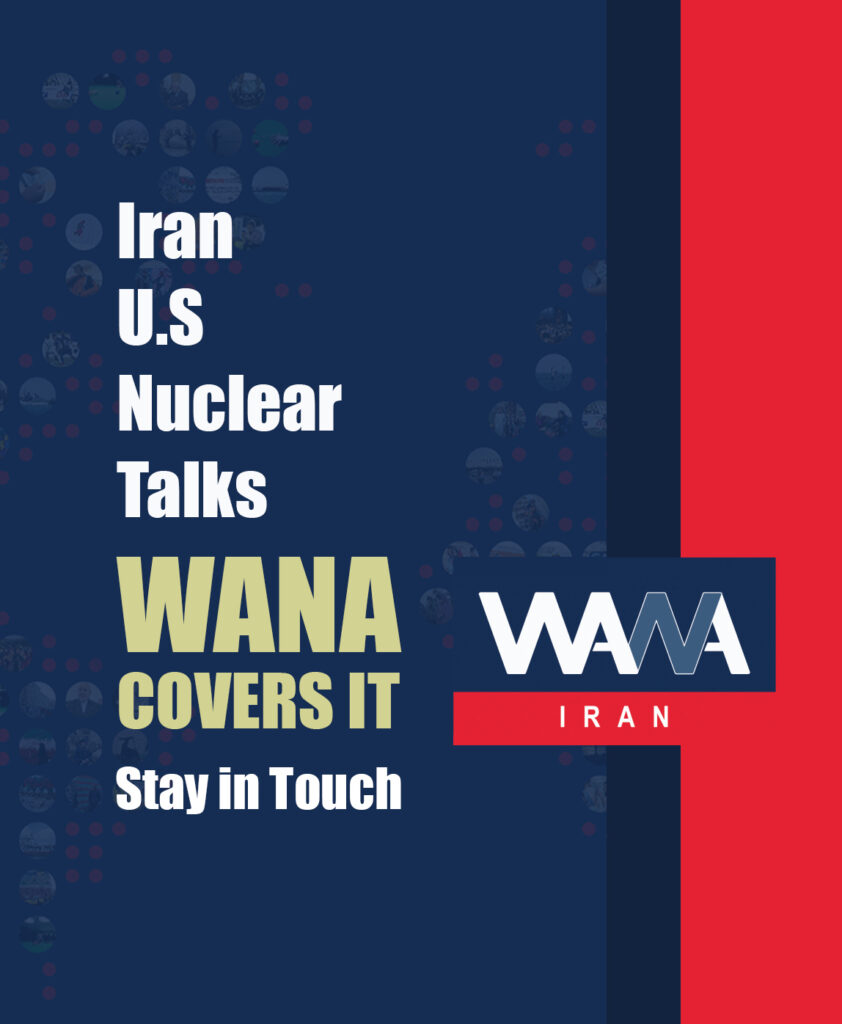Iran’s Literacy: From the Educational Revolution to Ongoing Challenges
WANA (Feb 07) – Opponents of the Islamic Republic of Iran have consistently criticized various aspects of governance in Tehran, from economic and political issues to military and security matters. However, among these criticisms, the country’s education system has received relatively little attention.
This is not to suggest that the Islamic Republic is without flaws in this area, but what has largely silenced its critics is the government’s success in improving literacy rates compared to previous regimes and achieving multiple scientific advancements on the global stage.
Literacy in the Pahlavi Era – Initial but Insufficient Steps
Formal literacy initiatives in Iran began during the reign of Reza Shah (1925–1941) with the establishment of the Adult Education Organization. These efforts continued under Mohammad Reza Shah (1941–1979).
The organization aimed to educate illiterate adults in both urban and rural areas, but due to poor planning, a shortage of skilled personnel, and inadequate infrastructure, it failed to bring about significant transformation.

Fred Halliday, an expert in international relations and the Middle East, wrote in his book Iran, Dictatorship and Development: “According to official estimates, in 1972, the illiteracy rate was 62 percent, though the actual figure was certainly higher. Iran has an education system that is woefully inadequate in meeting the country’s industrialization needs.”
According to World Bank statistics from 1976, approximately 37 percent of Iranians over the age of 15 were literate. During the same period, literacy rates in Arab countries, as well as in the Middle East and North Africa, exceeded 45 percent. The global literacy rate was about 30 percent higher than Iran’s.
In the 1970s, Iran lagged behind even countries such as India, Cuba, and China, which had weaker economies. These shortcomings reflected a lack of long-term planning and an inability to address the needs of Iran’s growing population.
Transformation in Literacy and Education After the Islamic Revolution – A Fundamental Shift
After the Islamic Revolution, literacy became one of the government’s top priorities. The establishment of the Literacy Movement Organization in 1979, under the directive of Imam Khomeini, marked a turning point in this effort. The primary goal of this initiative was to eradicate illiteracy among adults and children who had been deprived of education.

Iran Wins World Astronomy Olympiad with 5 Gold Medals
WANA (Aug 27) – Iranian students won 5 gold medals at the International Olympiad on Astronomy and Astrophysics. “Hananeh Khorramdashti,” “Arvin Rasoulzadeh,” “Mohammad Mahdi Keshavarzi,” “Arya Fateh Kordari,” and “Ali Naderi Lordjani,” the representatives of Iran in the 17th International Olympiad on Astronomy and Astrophysics, each secured a gold medal, placing Iran in the […]
This time, unlike the previous failed attempts, literacy programs proved successful, bridging the 30 percent gap. Key factors in this progress included efforts to reduce the disparity between urban and rural areas, mobilization of young and committed educators, adoption of successful global experiences—including UNESCO programs in policy design—and a strong emphasis on women’s education, recognizing their pivotal role in educating future generations. These elements played a crucial role in the country’s overall development.
After the Islamic Revolution, Iran held the top global ranking in literacy growth for several decades. In fact, over this approximately 40-year period, no government in the world has been as successful in promoting literacy as the Islamic Republic of Iran.
With a remarkable surge in literacy, the percentage of literate individuals over the age of six surpassed 80 percent by 2001. By 2021, Iran’s literacy rate had reached around 90 percent, and by 2023, the literacy rate among individuals aged 10 to 49 exceeded 97 percent.
Challenges in Iran’s Education System
Iran’s education system faces several challenges, one of the most significant being an excessive emphasis on rote memorization rather than skill development. At most educational levels, students are required to memorize large amounts of information, while practical and applied skills receive relatively little attention.

Iranian female students leave a school in Tehran, Iran, March 7, 2023. Majid Asgaripour/WANA (West Asia News Agency)
Education for Exams, Not for Life
Ali Mahmoudi, a high school student, shares his experience with the education system: “Most of our time is spent memorizing information that we forget just hours after the exam. Teachers are also under pressure to keep up with the curriculum, so there’s little opportunity to explain concepts in a practical way. I wish our lessons were more useful in real life.”
When asked whether schools prepare students for the future, he responded: “Not really. We prepare for exams, not for life! I wish schools taught skills like teamwork, critical thinking, and even job-related abilities.”
Mismatch Between Education and Job Market Needs
Another major challenge of Iran’s education system, which is partly rooted in its emphasis on rote memorization, is the lack of alignment between academic training and job market demands. Many university graduates struggle to find employment due to a lack of practical skills.
Some are even forced to work in fields unrelated to their studies simply because they have acquired skills in those areas. Others must pay for additional training courses to gain the skills they did not learn in university.

Iranian Student Robotics Team Secures Second Place at World Championships
WANA (August 13) – The Iranian student robotics team, which traveled to Beijing to participate in the World Robotics Championships, has successfully repeated its previous achievement by securing second place in the team category of the Technical Report league. China took first place in this competition, Iran came in second, and Romania claimed third place. […]
Mahdieh Safari, a computer engineering student, shares her experience: “University courses focus mostly on theoretical concepts, and many subjects are not practical at all. To enter the job market, I had to take separate programming courses, even though I expected to learn these skills in university. I believe universities should pay more attention to job market needs and emphasize practical training.”
Budget Shortages and Their Impact on Education Quality
Another serious issue in Iran’s education system is the lack of funding and financial resources. The per capita expenditure on education in Iran is lower than the global average, directly affecting the quality of education, school facilities, and teachers’ conditions.
For instance, teachers’ salaries rank the lowest among 85 government institutions. Many teachers are forced to take on second jobs alongside teaching just to cover their living expenses. This not only affects their motivation but also negatively impacts the quality of education.

Iranian female students stand in a street in Tehran, Iran, March 7, 2023. Majid Asgaripour/WANA (West Asia News Agency)
Educational Equity: Unequal Opportunities Between Urban and Rural Areas
Educational equity remains a key challenge in Iran, an issue that President Masoud Pezeshkian has emphasized since the beginning of his tenure. Despite the expansion of schools nationwide, gaps persist between urban and rural areas, as well as across different economic classes.
A student from a rural area who wished to remain anonymous shared their experience: “I wanted to participate in the science Olympiad, but the preparatory classes are only held in major cities, and we don’t have access to them. Online courses are also expensive, and we can’t afford them. This situation puts rural students at a disadvantage compared to urban students when it comes to university admissions.”
Despite the ups and downs in Iran’s education system, the country now ranks among the top 10 nations in international science Olympiads. This marks a significant achievement, considering that before the revolution, Iranian students held no regional or international standing in these competitions.












